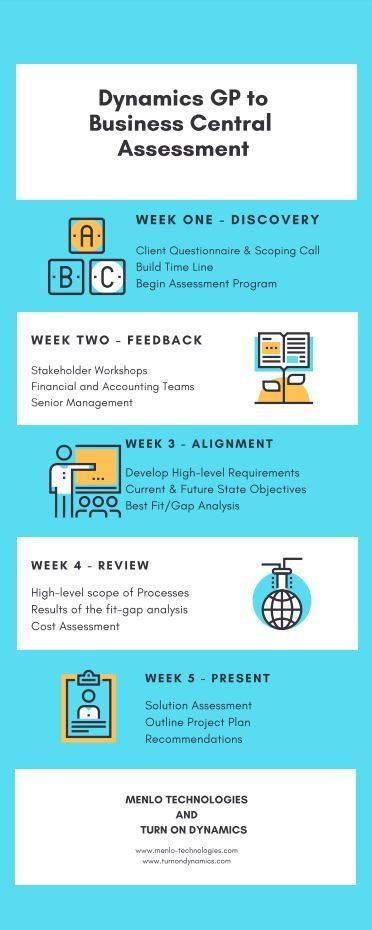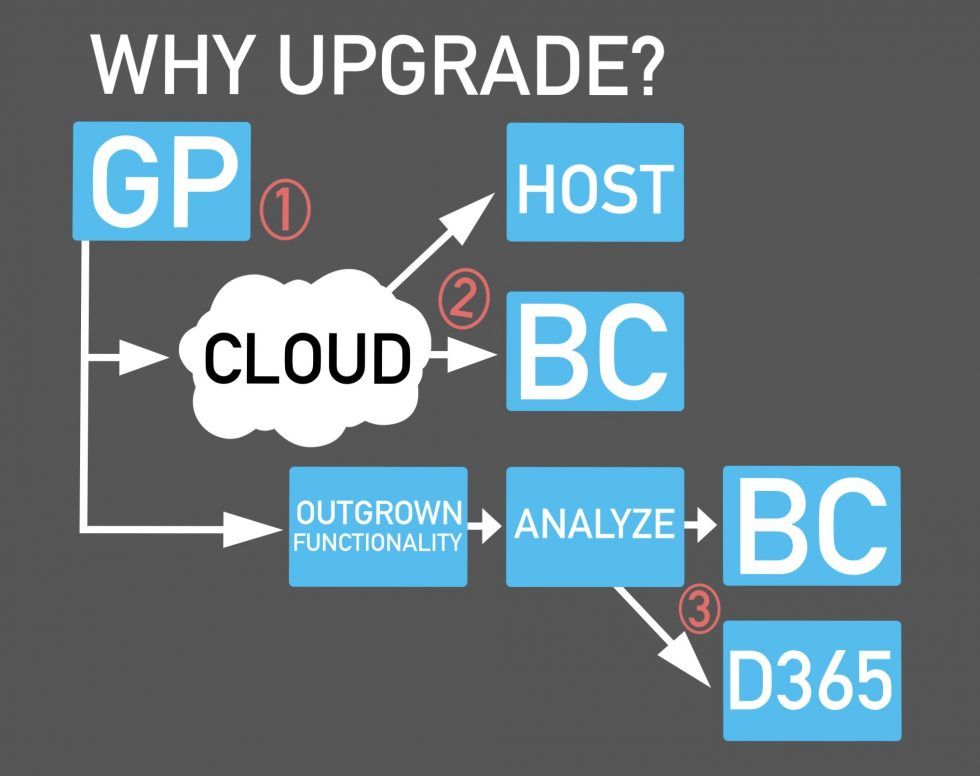Peter Joeckel, with more than thirty years in the ERP business helping companies select and implement software solutions, is in a unique position to offer alternative solutions for “tried and failed” ERP software selection and implementation strategies. Whether you’re in the middle of a challenged implementation or just beginning to research available resources, contact Peter and the TurnOnDynamics team today.
The “Uh-Oh” Factor of Failed ERP Projects
Research casts new light on how project teams work and how that behavior can shed light on challenged or failed ERP projects.
It has long been my assertion that all ERP projects fail.
If we reasonably define a successful ERP implementation as meeting the following three reasonable criteria regarding:
- Time – successfully meet a reasonably scheduled “Go-Live” date.
- Budget – minimal or “non-material” cost overruns.
- Functionality – deliver the key business processes and functionality as defined in the sales process.
Based on those three metrics all ERP systems fail. The only variable is to what degree:
- Spectacularly – bringing down companies.
- Critically – requiring a complete do-over with a new team or new solution.
- Incrementally – slowly draining resources and enthusiasm while delivering only a portion of promised functionality.
While many challenged or failed ERP projects can be attributed to “tried and false” selection and implementation strategies such as:
- The RFP
- The Structured Demo
- The Gap Fit Analysis
There is new research that project team behavior follows an interesting pattern. From the Behavior and Society section of the Scientific American in an article titled Timing is Everything, Gareth Cook writes:
Connie Gersick, an organizational behavior scholar, has found that teams proceed through projects in a peculiar way. Instead of a steady, linear path to accomplishing their goals, they begin by doing very little. They hem. They haw. They posture. They procrastinate. It’s only at a certain moment that they sound the alarm and get moving. What is that moment? The temporal midpoint. Give a team 34 days to complete a project, Gersick found, and they don’t really get started in earnest until day 17. Give a team 11 days, and they get going on day 6. At the midpoints, teams say, “Uh-oh, we’ve squandered half of our time. Let’s go!”
(The source material, “MARKING TIME: PREDICTABLE TRANSITIONS IN TASK GROUPS” can be found here).
Think about how this behavior dove tails with some standard ERP implementation strategies.
GAP FIT / DETAILED REQUIREMENTS ANALYSIS, ET AL
Typical ERP project plans start with a detailed analysis of existing systems, their flow and the gaps exist between them and the new ERP platform.
Often this work results in an incredible amount of detail stored in handsomely bound binders that no one ever looks at once the real implementation work starts.
However, tons of project time and resources have been expended.
THE “BLANK SLATE” NAVEL GAZING EXERCISE
One of the greatest features of modern ERP platforms is also the source for the greatest challenge to successful implementations, flexibility.
Salesmen love the flexibility of modern ERP software because they can basically say yes to all feature/function questions. Similarly, implementation partners that specialize in developing customized ERP solutions on a customer by customer basis can barely contain their glee when customer project team members try to outdo each other with lengthy lists of “must have” items.
Combine these sub-optimal project tasks with how project teams work and you have a recipe for disaster.
THE SOLUTION
If you want to increase your chance of having a successful ERP implementation think about the following:
Avoid the endless “Top Ten Lists to a Successful ERP Implementation” that can be found with a simple internet search. They endlessly rehash tips that have done nothing to increase the rates of project success.
- Identify an actual Architect to lead the project
- Hire or form a great team not a Big Important Partner
- Consider a highly structured rapid implementation plan to completely to change the tried and false implementation strategies.
ABOUT THE AUTHOR










